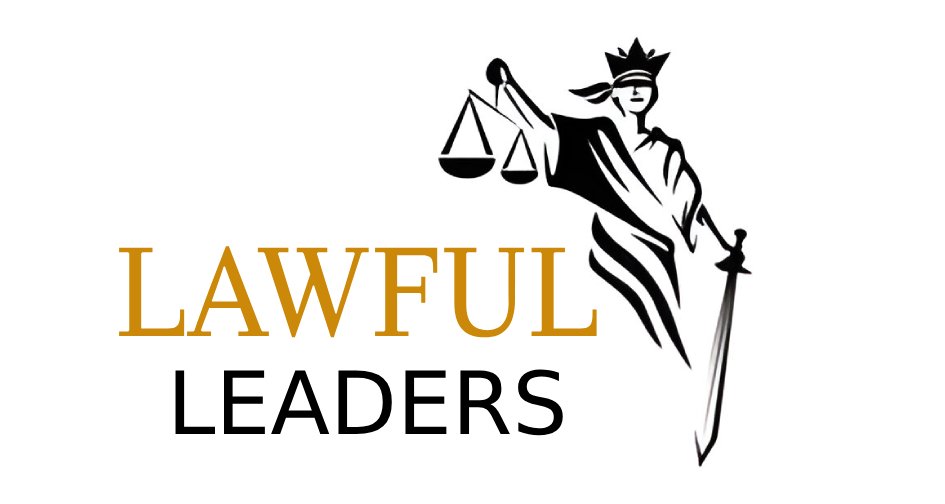Understanding Civil Litigation: A Brief Overview

Individuals or organizations that want to resolve legal disputes without filing criminal charges can do so via Civil Litigation. It is a basic feature of the legal system that gives people the ability to raise complaints, look for compensation or get specific remedies for injustices committed against them. Let’s see a brief overview of Civil Litigations:
Starting the Lawsuit:
When a plaintiff (the party bringing the lawsuit) files a lawsuit against a defendant (the party being sued), civil litigation usually gets started. The plaintiff, who is frequently assisted by an attorney, files a complaint describing the claimed misconduct and the requested remedy. The basis of the entire litigation process is laid out in this first document.
Appeals:
The defendant may reply to the plaintiff’s complaint by providing a document called an answer. Both parties exchange legal documents during this stage, which helps both sides to understand the other party’s claims and defenses.
Discovery
In the civil litigation process, the discovery phase is important as it allows both parties to obtain evidence that supports their claims. Document exchanges, written questions, depositions, and admission requests are a few examples of this. Finding relevant facts and information that might impact the case’s outcome is the aim.
Motions filed prior to trial:
Attorneys may file pre-trial motions to address particular legal issues or request favorable to court rulings before a case going to trial. These motions may be for the purpose of dismissal, summary judgment etc.
Settlement Negotiations:
Parties may negotiate a settlement to resolve the dispute without going to trial during the litigation process. Settlements have many advantages like reduced time and expenses, along with more control over the resolution.
Trial:
A case goes to trial if it doesn’t settle. Both sides call witnesses, present necessary evidence and legal arguments in support of their case throughout the trial. Next, a jury or judge renders a decision based on the evidence presented during the trial.
Decisions and Revisions:
Following the trial, the court makes a judgment that specifies the verdict as well as any remedies granted. If any party disagrees with the decision of the judge, they may file an appeal with a higher court to request a review.
